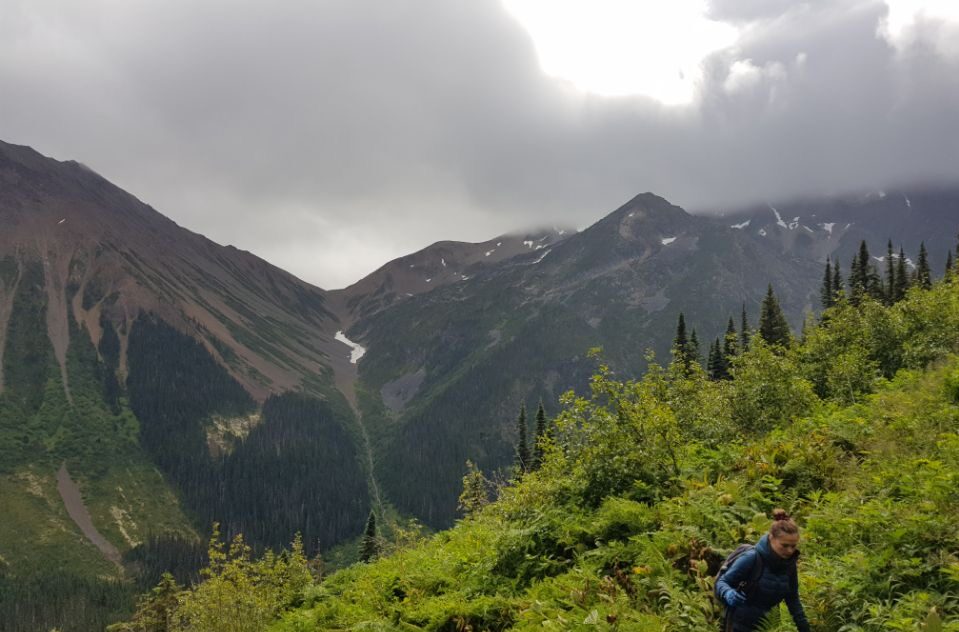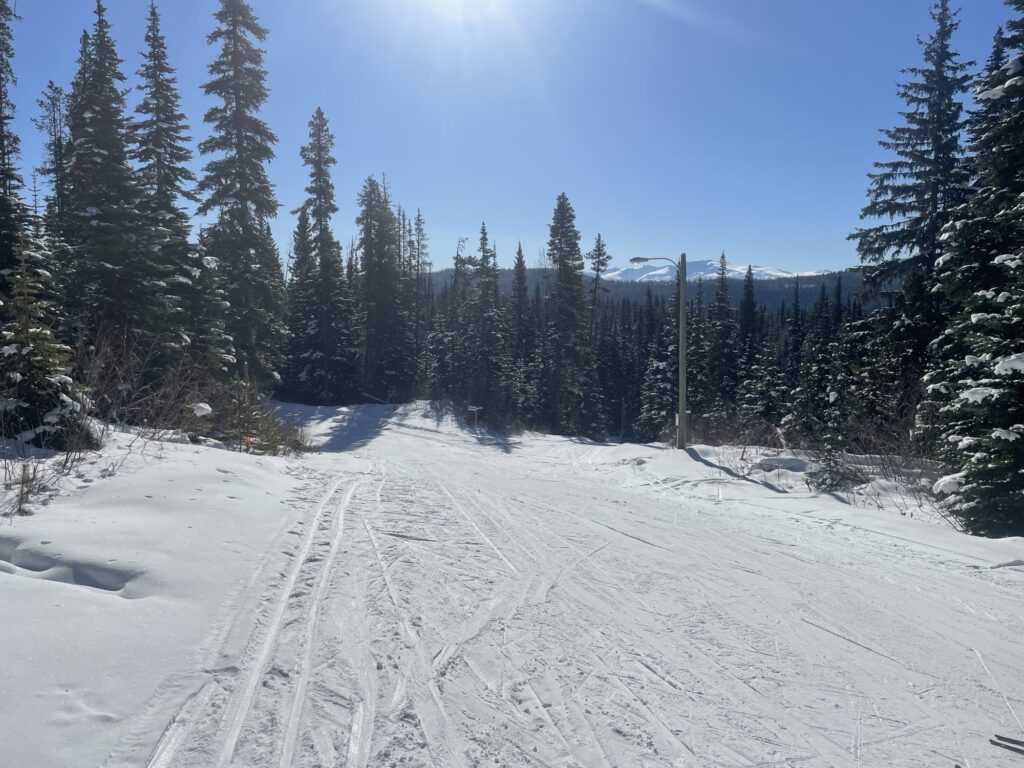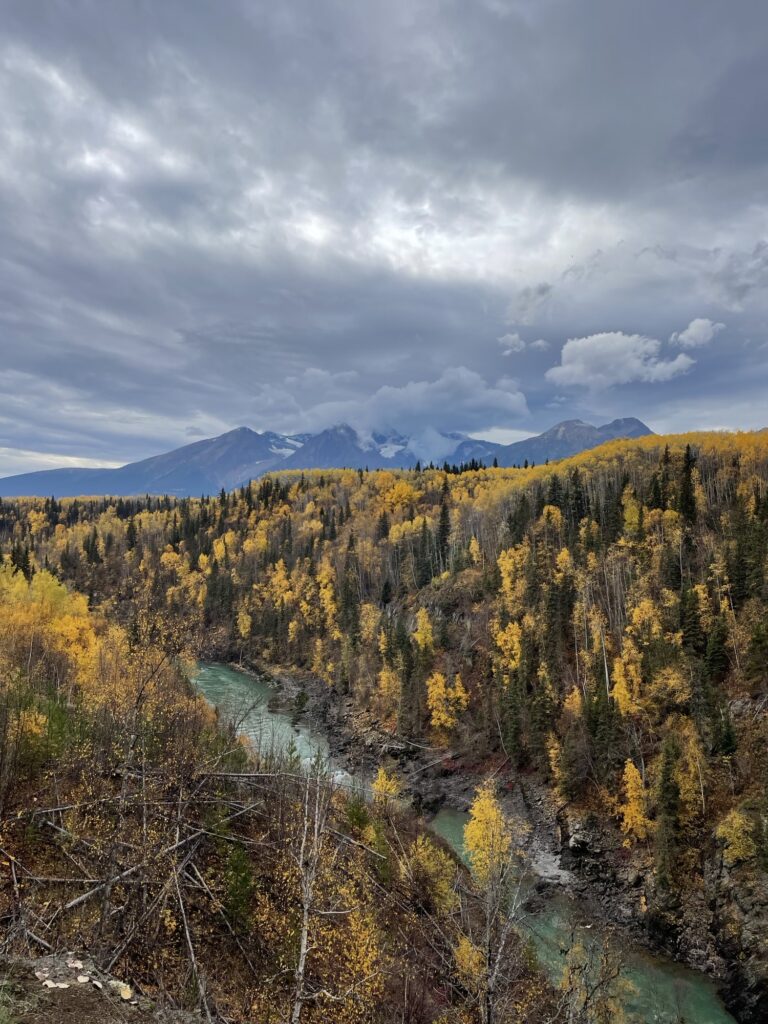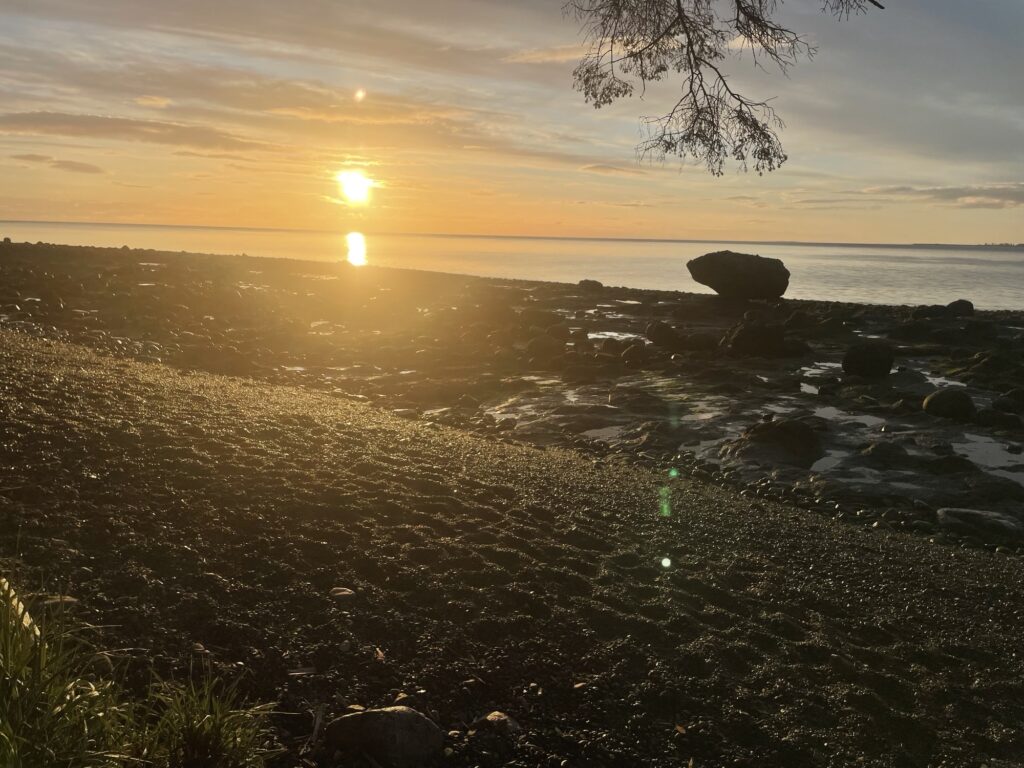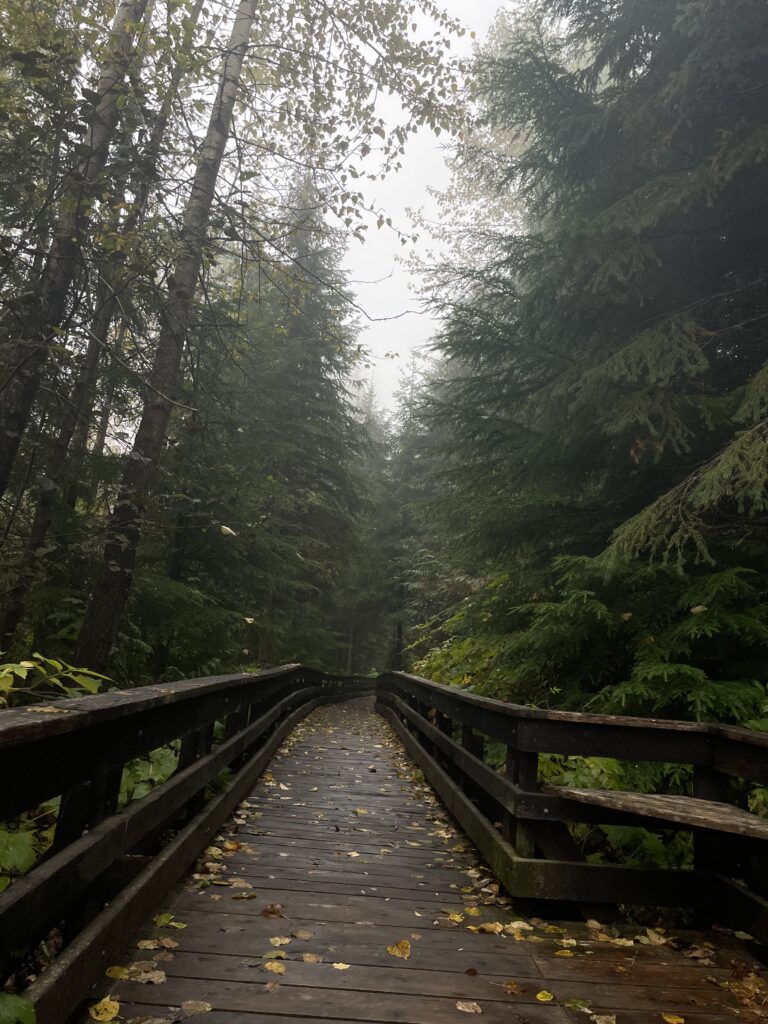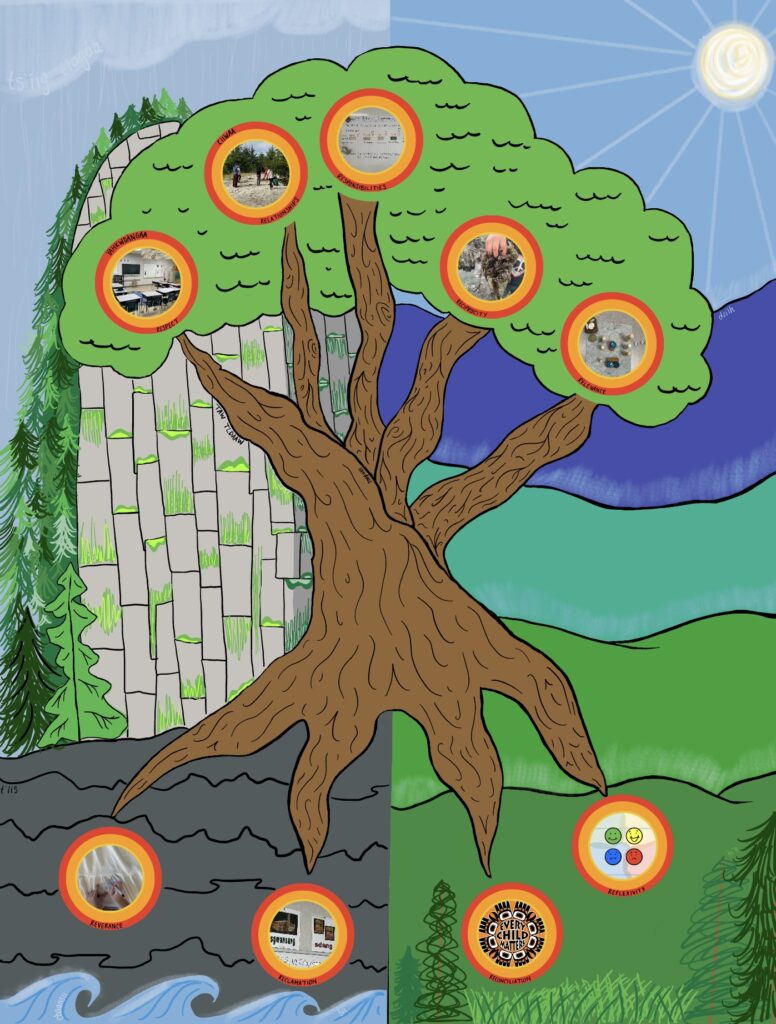Standard 9
Throughout Canadian history, education has been utilized as a weapon against Indigenous Peoples. Culture and perspective that did not align with the Western ideal was extinguished in the school system for so long. The effects of this have been extremely damaging and have caused an enormous lack of trust which is understandable. We must develop and awareness and take the mandatory steps to identify and deconstruct our personal biases and privilege to ensure this does not negatively impact our students.
As Murray Sinclair said, “Education got us into this mess, and education will get us out” (Sinclair 2016). Education will help us bridge the gap and achieve reconciliation. One of the ways that we can achieve this is by incorporating Indigenous epistemologies and all elements of local culture into our schools. We can embed the First Peoples Principles of Learning directly into our lesson plans to ensure there is a First Nations component that aligns with Indigenous perspectives.
By respecting Indigenous worldviews and acknowledging the relationship between education and Indigenous Peoples in its past and current form, I strongly believe that the world of education will be a much more cohesive and impactful environment. This will inevitably benefit those who are part of the school community. Valuing relationships with ourselves, family, community, and our environment will make our world a better place.

During my time at Muheim Elementary, local Wet’suwet’en artist James Madame came to visit the school and do an art lesson with the students. I remember him coming to visit my classes as a primary students so it was neat to see him work with a group of students from a different perspective. He came in to do different directed drawings using traditional shapes embedded in Indigenous artwork. He showed different pieces, told personal stories as well as stories pertaining to his art throughout the lesson. The students were extremely engaged and had tons of questions for him. You could see that they were inspired by James.
Keeping connected to the land and our community was evident in that presentation. FPPL was clearly embedded and inspired me for what I can apply to my practice to ensure that Indigenous worldviews and perspectives are being prioritized in a classroom setting. This is a key step in reconciliation and something that I want to ensure that I am practicing as an educator.

